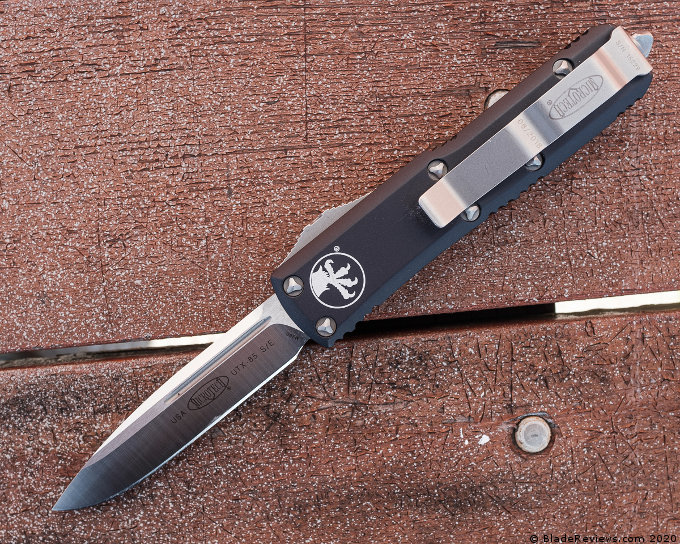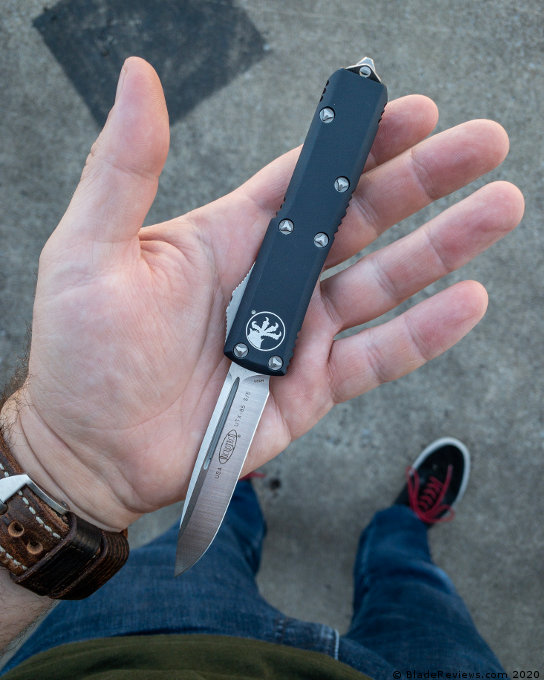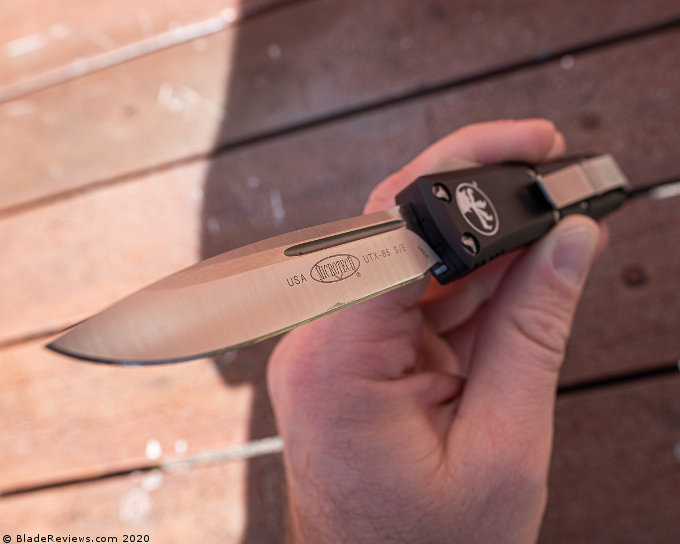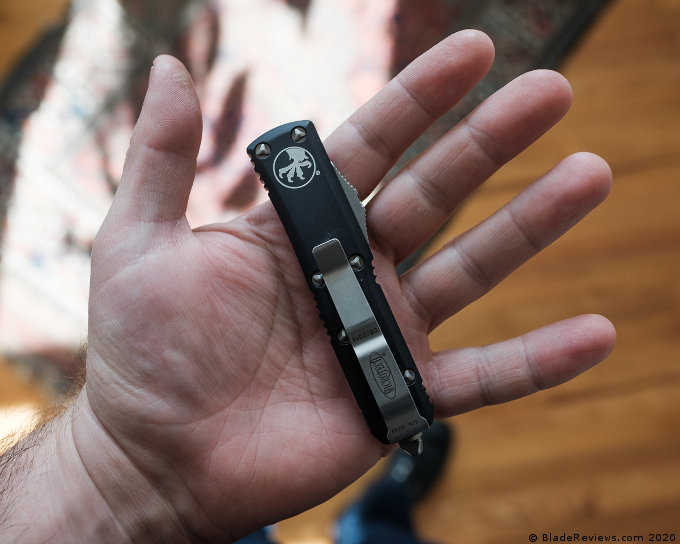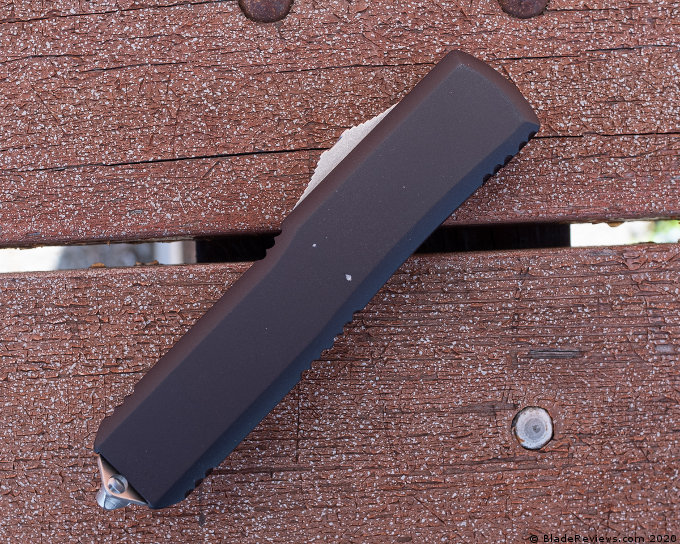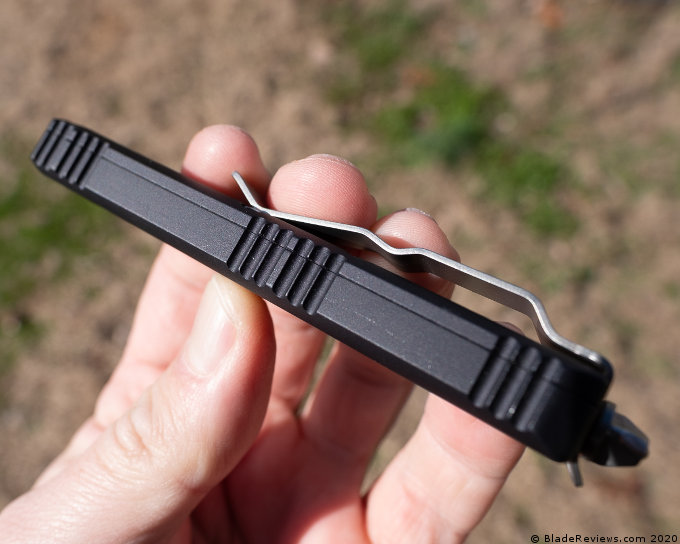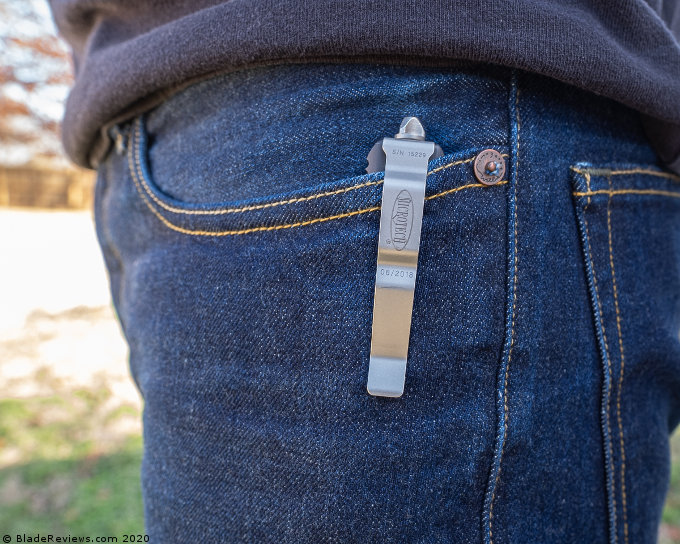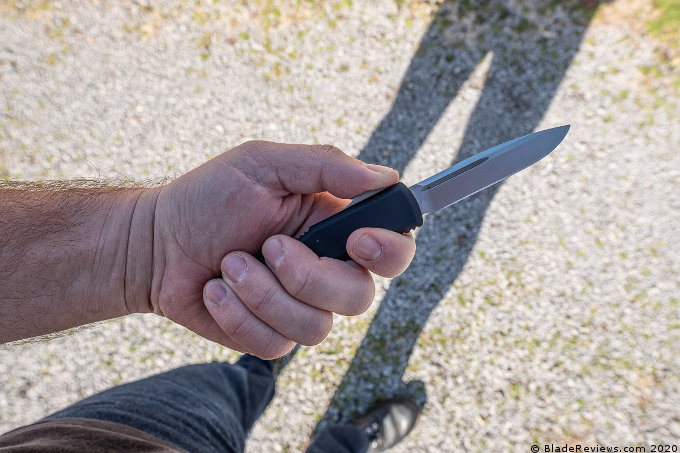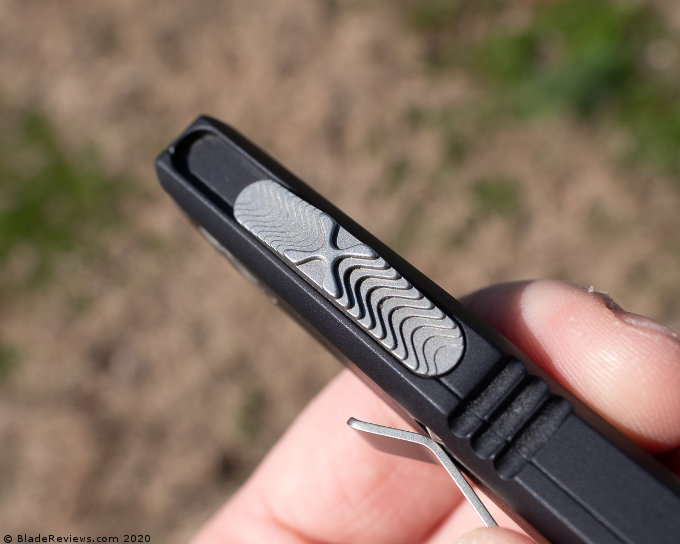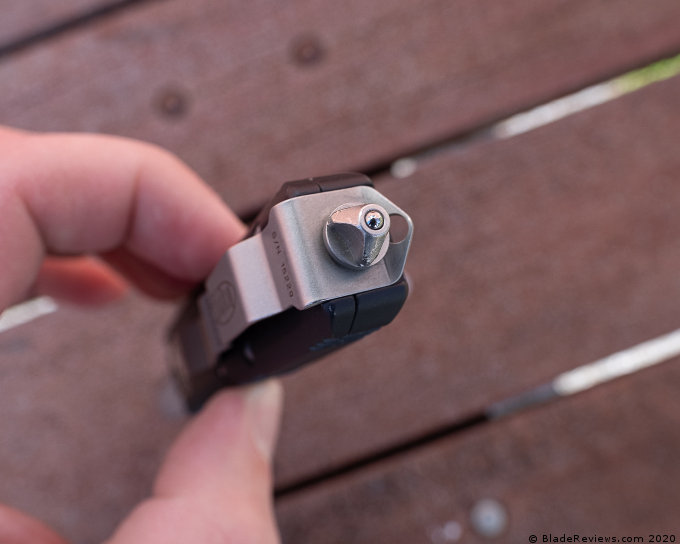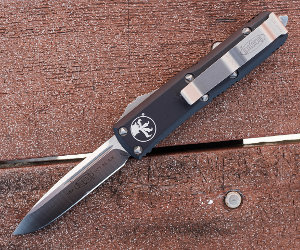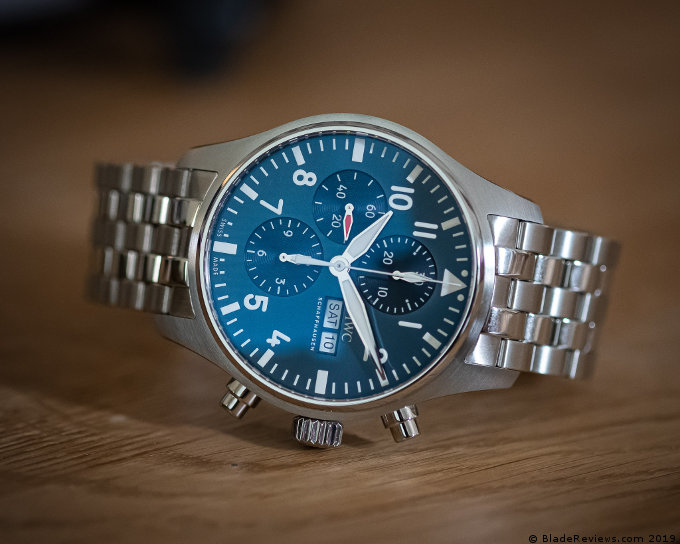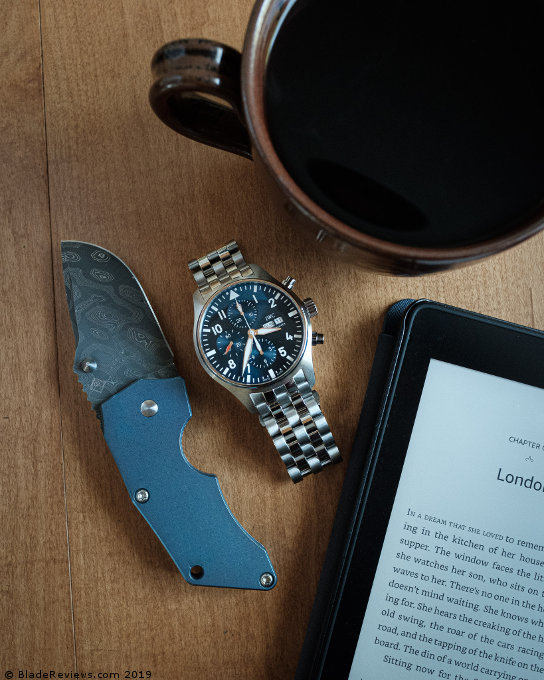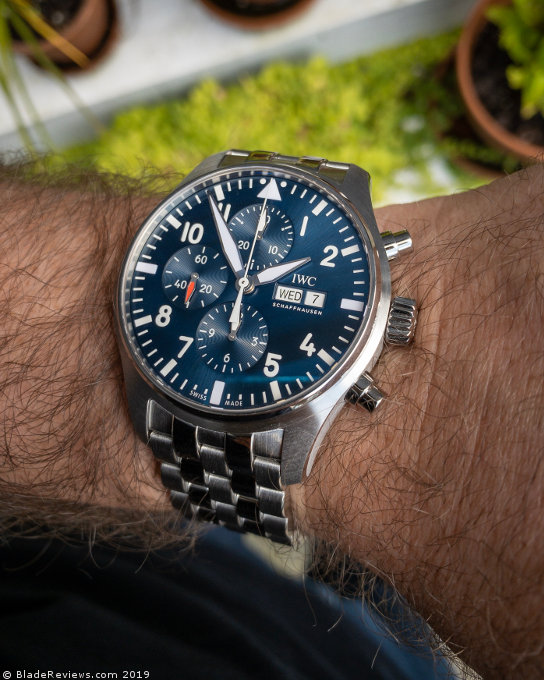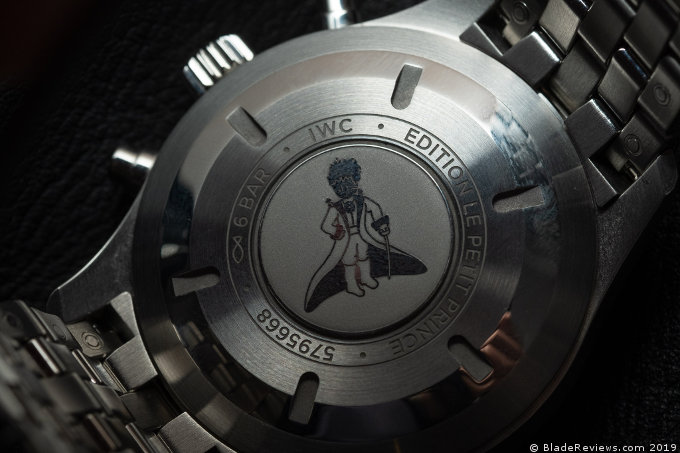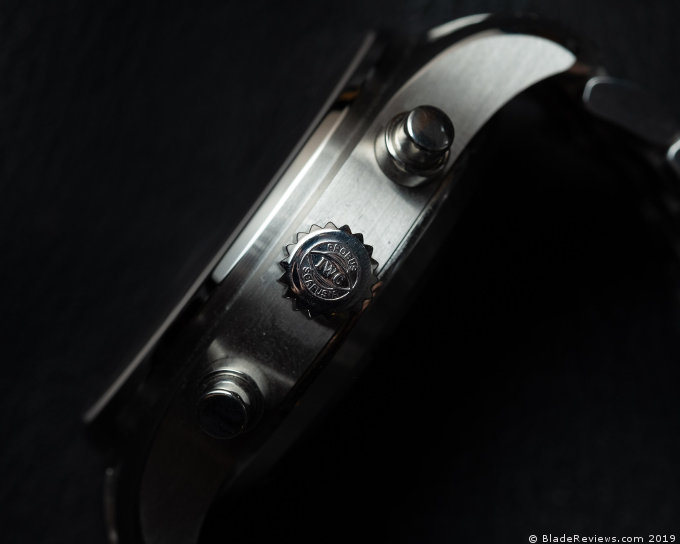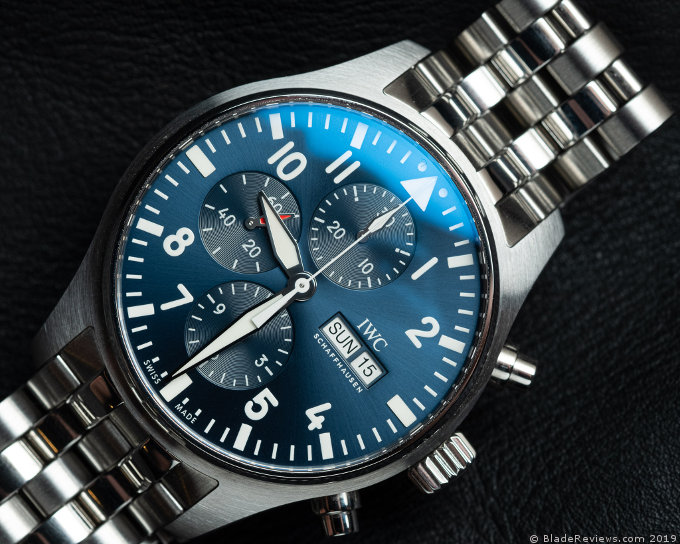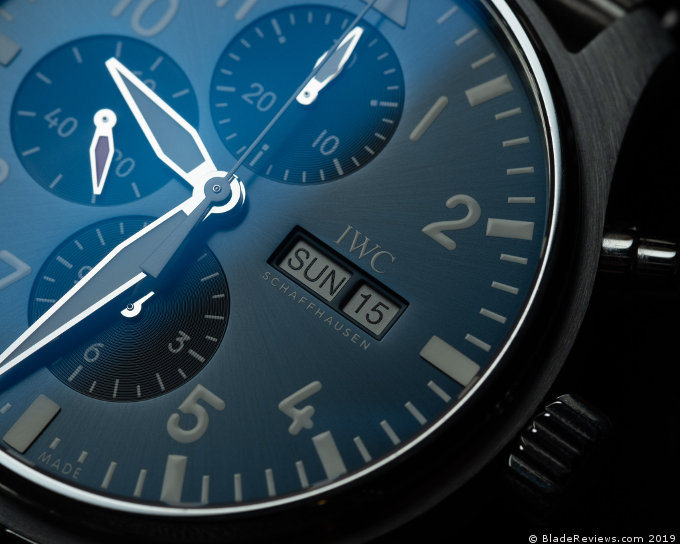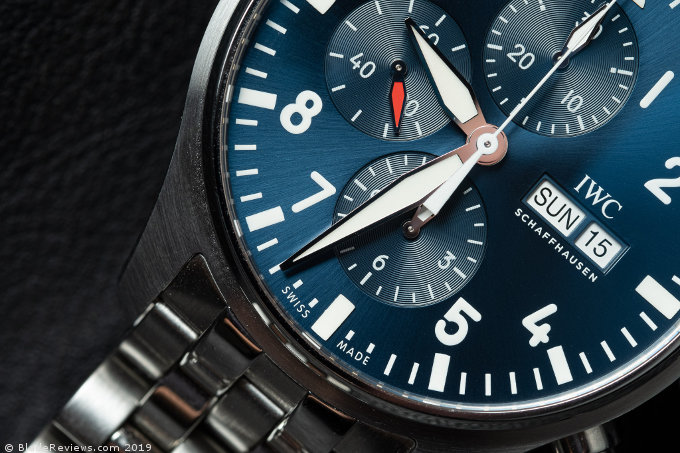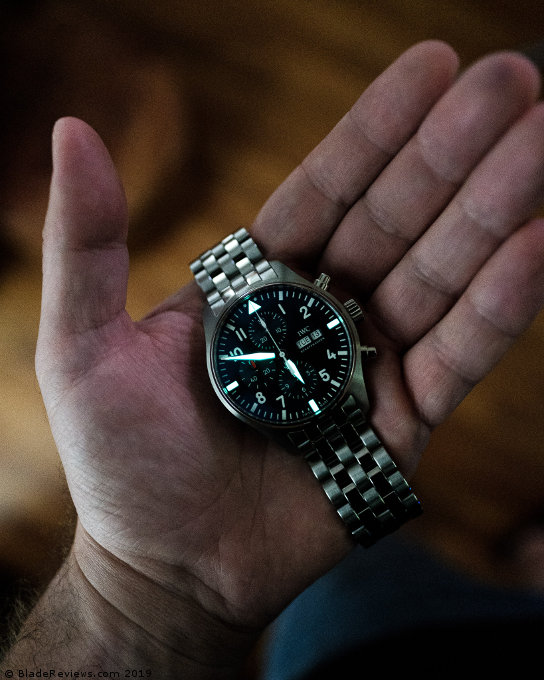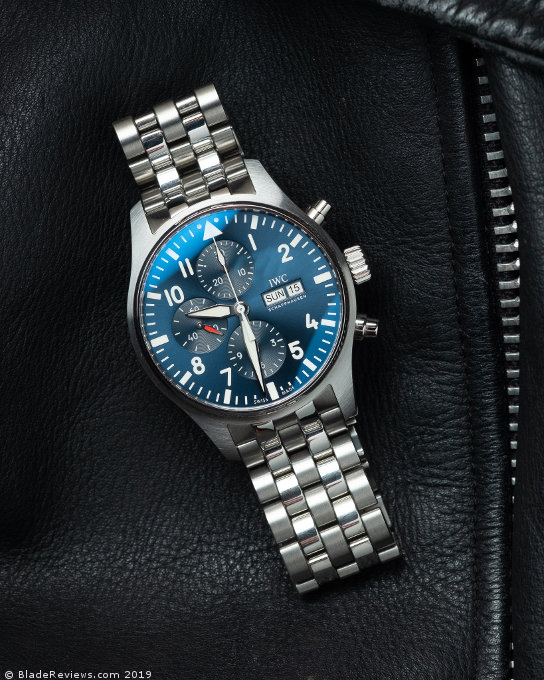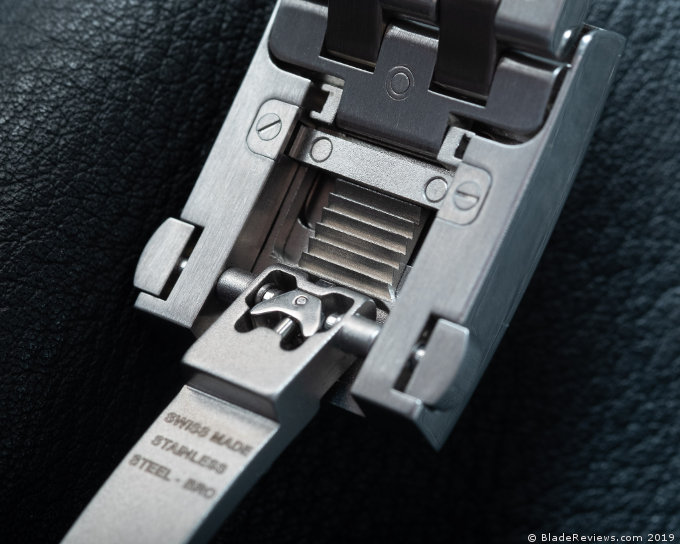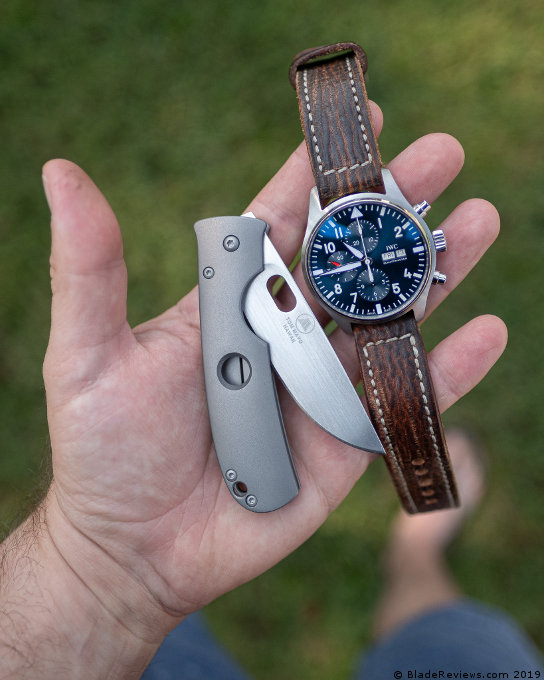I spend a lot of time imagining what it must be like to create a masterpiece. Putting the final brushstroke on Monet’s Water Lilies or for John Frusciante to idly strum the opening chords to Can’t Stop for the very first time. What must be to be involved in the creation of something truly great. That must be something like how Sergey and Igor Shirogorov felt when the Ne0n was designed. It’s rare for me to be such a fan of a knife, this came together in a perfect storm of materials and lines to make something that I truly enjoy putting in my pocket. Although to spoil the ending, it does have one major flaw and that is cost. This is an expensive knife, but in my eyes, I find it well worth the ask.
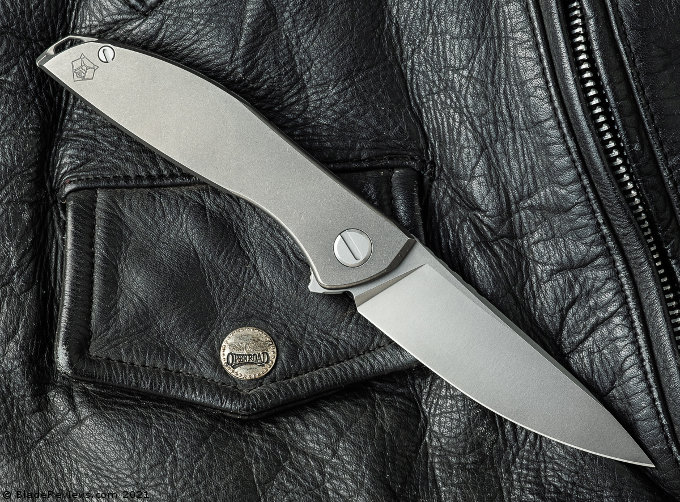
Buy the Shirogorov Ne0n at BladeHQ
The Shirogorov lineup is a confusing one. They make many different models that seem almost identical to someone that isn’t familiar with their collection. The Neon is one of Shiro’s smaller pieces, the “Zero” or Ne0n has some additional features that earn it this moniker. We’ll get into the specifics here shortly, but suffice to say that I think this is one of the pocket friendliest high-end EDC knives available that isn’t made in Boise.
All Measurements are my measurements and may differ from manufacturers specifications.
- Blade: 3.25”
- Overall Length: 7.75”
- Thickness: .53” with the clip
- Blade Thickness: .13”
- Steel: M390
- Weight: 3oz
- Lock: Titanium Framelock with Steel Lockbar Insert
Blade Details
I’ve had two different folks refer to the blade on the Neon as different shapes. It’s a coin toss between a traditional drop point or a subtle reverse tanto. I’m on team drop point, as the spine of the blade DROPS to the point but I’m not going to fight about it. The finish that Shirogorov has used is a really fine, matte stonewash on the blade. This finish is perfect, in my opinion. It catches the light nicely, doesn’t show tape stickies when you’re opening packages or breaking down boxes, and hides any machining marks from manufacturing.
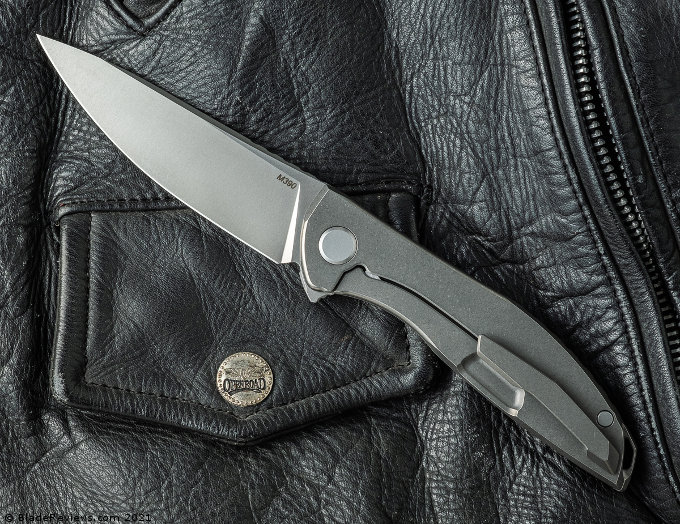
In practice, this knife is a pure laser beam. It moves through paper like it’s not there. It’ll cleanly quarter up an apple to go with your turkey sammy. Cardboard holds no power against the mighty Zero. This is largely due to the thin blade stock and perfectly executed flat grind. Speaking of the grind, it’s pretty remarkable. The plunge lines on either side are perfectly executed and matched. I’m certain that Shirogorov is grinding these, at least mostly, with some sort of CNC machine, but the angle and precision are unusual (and good to see). Just like the plunge, there is a thin swedge that runs the length of the blade until you reach the negative angle near the tip. It’s a very sharp swedge that’s perfectly symmetrical the whole length of the blade.
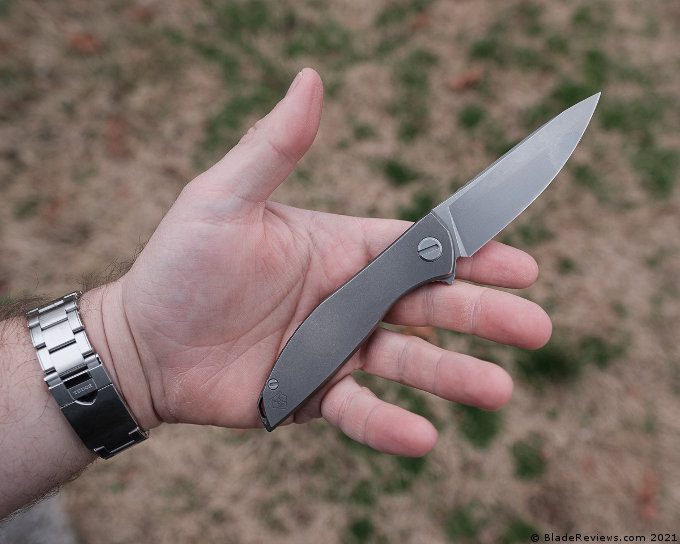
So, steel… Shirogorov generally makes good steel decisions, in my opinion. They continued that trend with the Ne0n here when they picked M390. M390 is the same (or at least similar enough) to 20CV or CTS-204P. It’s stainless steel that is known for its good edge retention. I’m not one for cut tests or any other of exhibitive “sharpness testing,” let’s just say that I’ve pretty much carried this knife exclusively for a month or so, using it for everything I’d use a knife on, and it’s still SCARY sharp.
Handle, Ergonomics, and Pocket Clip
Let’s go over the handle finish first. It’s a dark tumbled finish. I’m not going to pretend that I know how they achieved the finish that they did, but it appears to be a “smoother” tumbled finish than I’ve seen – it will, however, repel wear well. I want to point one element of criticism that I’ve heard: I’ve heard people comment on the coarseness of the handle finish. By this I mean you can see some of the tumble marks from the media. This isn’t a problem or even unattractive in my eyes; tumbling after all is just a collection of repetitive scratching. I just wanted to comment on it.
Ergonomically, the Ne0n is just so great. I wear a large glove and this knife sits perfectly in my hand. The handle tapers right behind the pivot then flares back out as it moves into your hand. The edges are all either radiused or chamfered, there are no sharp edges on this handle. It’s super comfy.
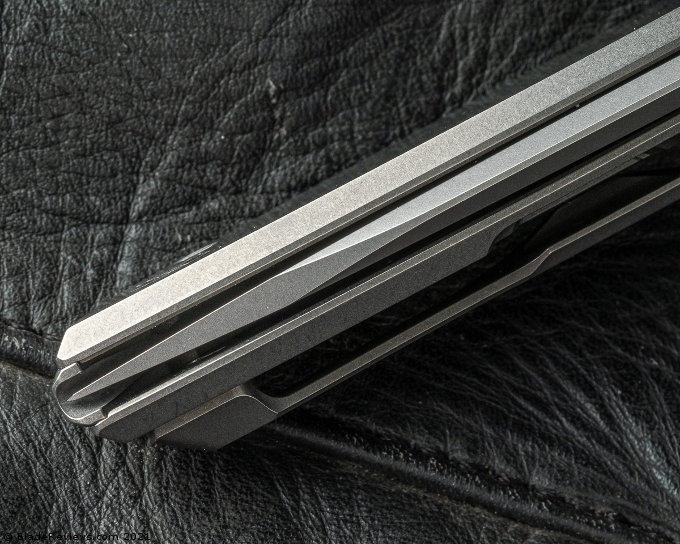
The Ne0n’s pocket clip is really interesting. It’s milled from titanium and built using a hidden screw construction. It works great, if you turn and look at the bit that contacts the knife scale you’ll notice that it doesn’t touch the lock bar at all. So provided that you keep your fingers on the clip when deploying you won’t run into any “failures to launch,” due to lock bar pressure.
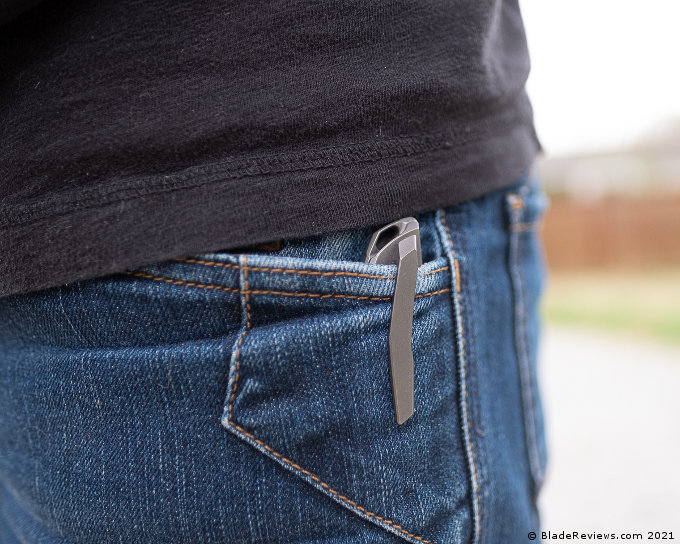
To round this section out I wanted to touch on a couple of key features that Shirogorov incorporated into this knife. If you look inside of the handle you can see that there is a channel milled out of the backspacer to accommodate the blade. The blade is slightly longer than the handle scales themselves, so the tip and edge sit inside the backspacer. Next, I wanted to point out the milled relief near the flipper tab, this allows you to get a solid press when you’re opening the knife. I think this particular detail adds to this knife’s excellent action.
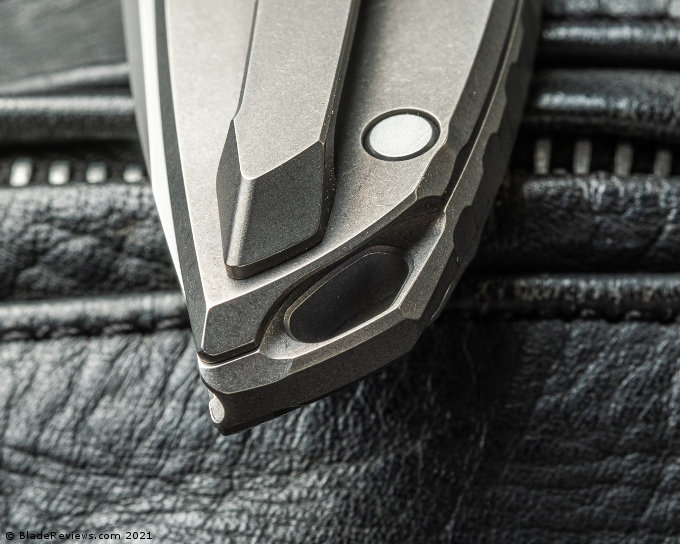
The lanyard attachment point is equally cool to see. There’s a milled relief towards the rear of the handle that opens up the area around the backspacer to allow for a paracord lanyard to pass through the loop on the backspacer itself. This shows an extra level of detail simply due to the fact that what Shirogorov could have done is allow the backspacer to extend past the scales, but instead of increasing the overall profile of the knife, Shirogorov came up with this clever solution. I can only guess that this along with some of the other elements they’ve folded into this knife increased the cost of production, but it shows the quality of their design. At least that’s my opinion.
Deployment and Lock
The lock on the Shirogorov Neon is a pretty straightforward frame lock with a steel insert. It’s nice to see a steel insert included on this knife, it should prevent any undo lock wear and extend the lifetime of that framelock.
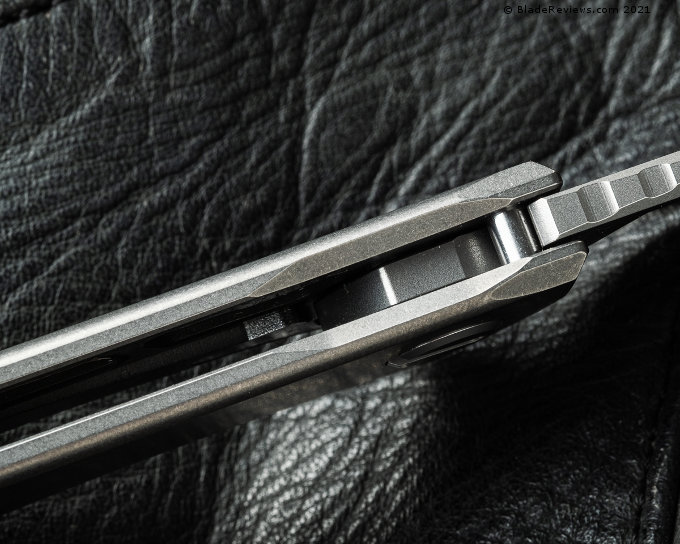
The real special sauce on this knife, however, is the MRBS employed. MRBS stands for Multi-Row Bearing System, the name pretty much describes what this is but I also think a picture on Bladeforums is worth a thousand words. There’s a lot of debate out there as to whether the MRBS is really better than a Single-Row Bearing System (SRBS). I’m not sure how you could actually “prove” that this system is better. In my mind having more bearings would mean that there is a larger bearing surface for the blade to move on, that seems positive. Based on my experience, the knife is incredibly smooth and fires like a rocket, for these reasons MRBS gets a solid thumbs up from me.
Shirogorov Ne0n Review – Final Thoughts
To conclude I don’t think I have hidden my opinion on the Shirogorov Neon Zero at all. I love this knife. It’s well made, capable, and looks extremely cool. If there was any critical flaw it’s simply that this is an expensive knife. They weigh in at $715, this puts them into the realm of a decent custom build or other high-end production brands like Rockstead. Is it worth it? Well, that’s going to be an individual determination. I feel like it is. Between the quality of manufacture and attention to detail, I can see the money in it. As with all things, your mileage may vary.
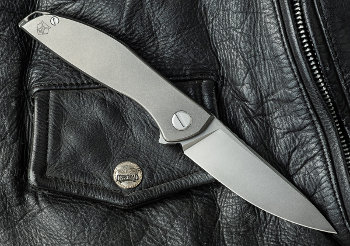
Shirogorov F3
From: BladeHQ
Occasionally Shirogorov knives find their way to BladeHQ, and I recommend purchasing them there. They aren’t available on Amazon.
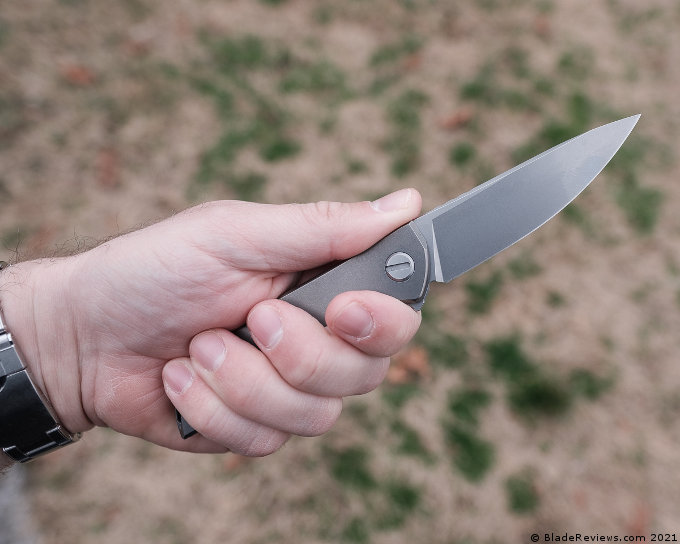
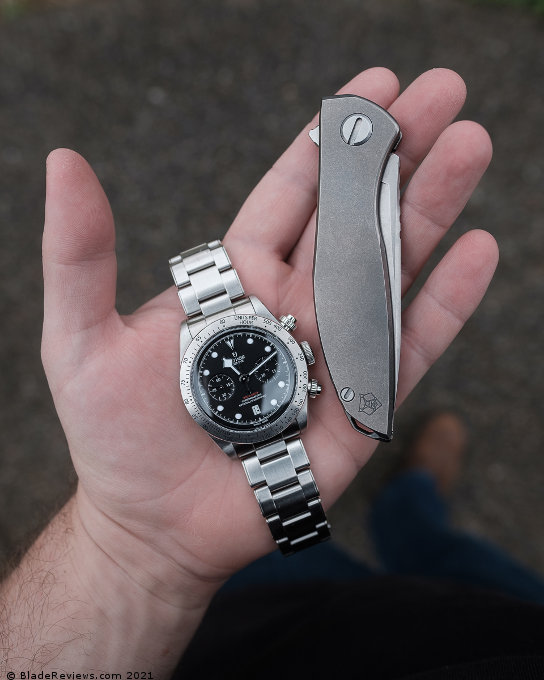
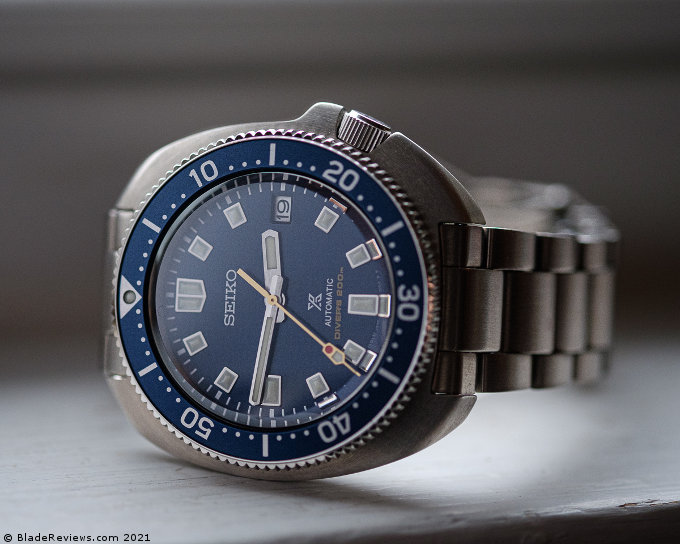
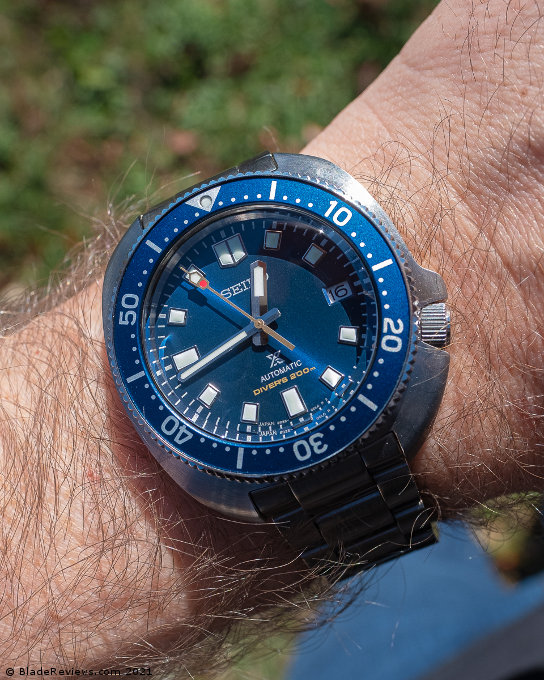
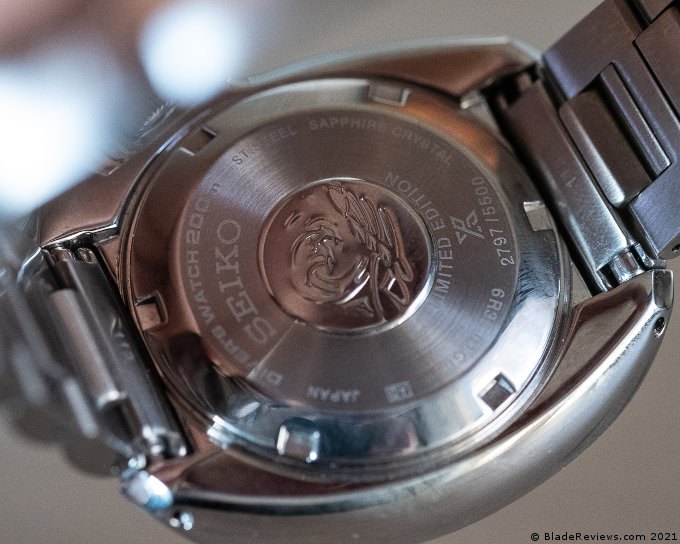
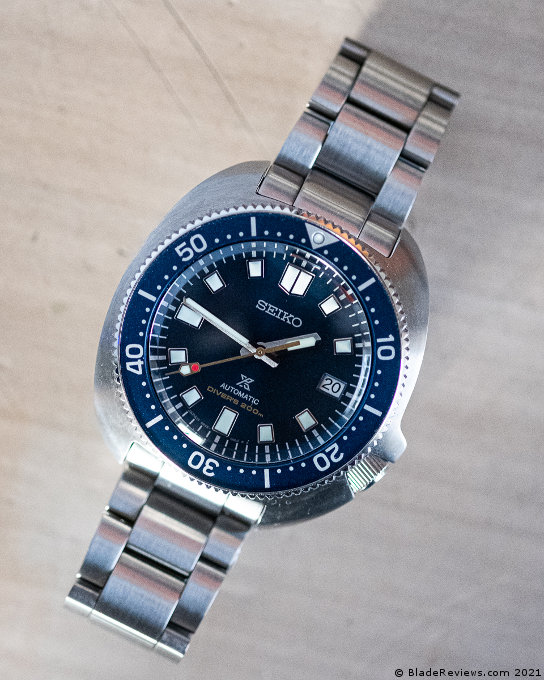
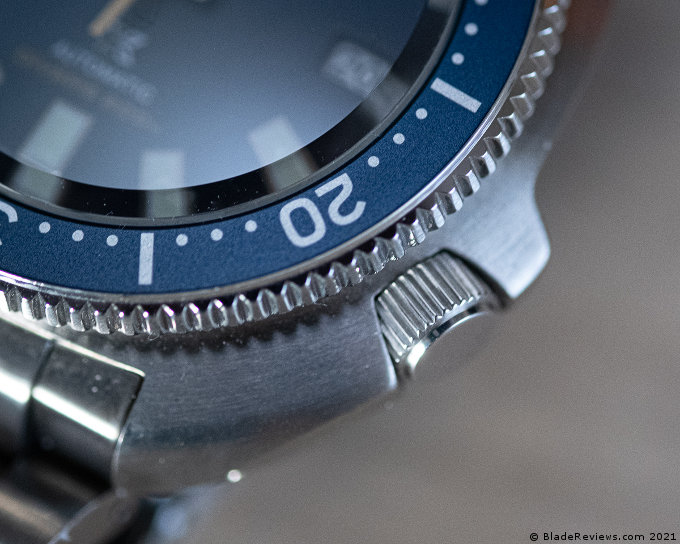
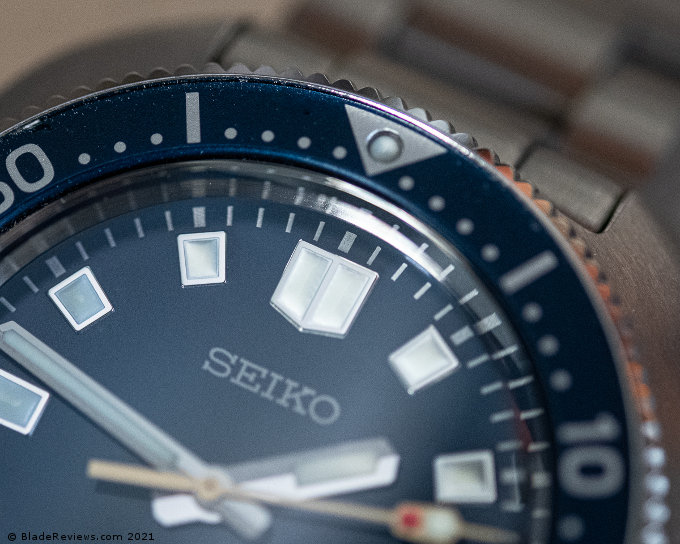
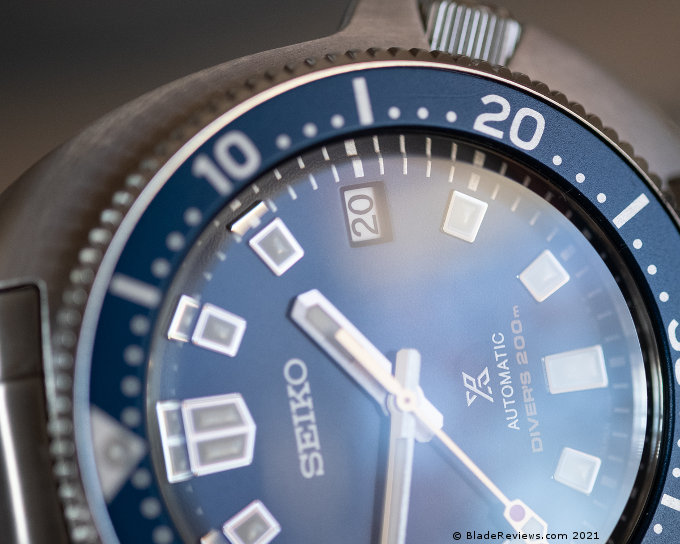
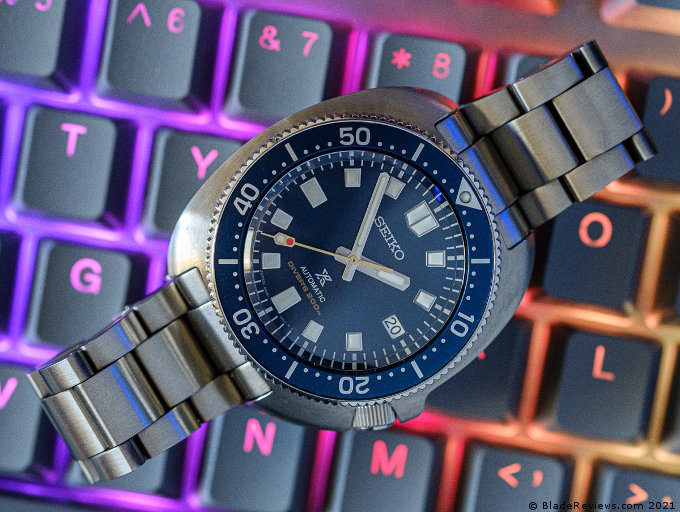
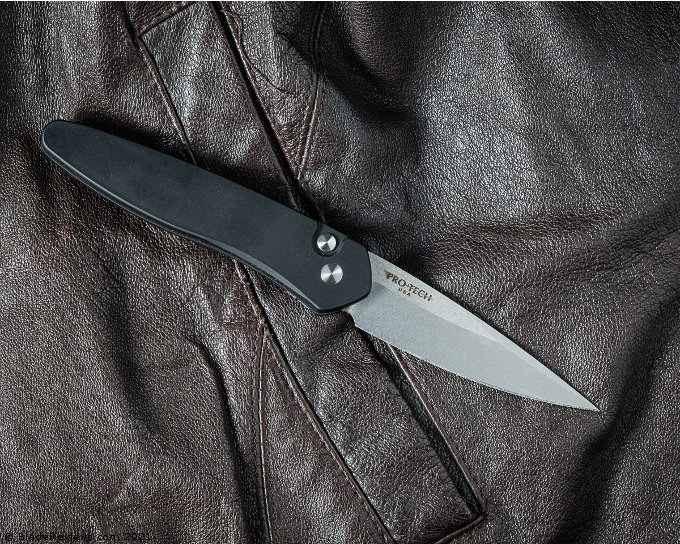
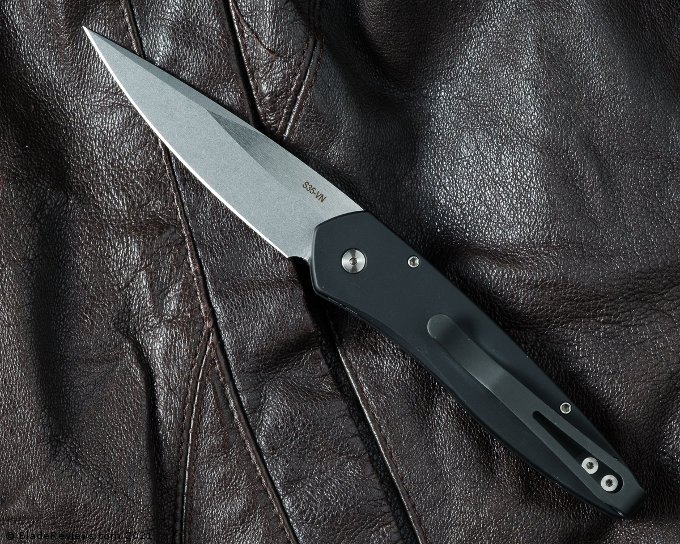
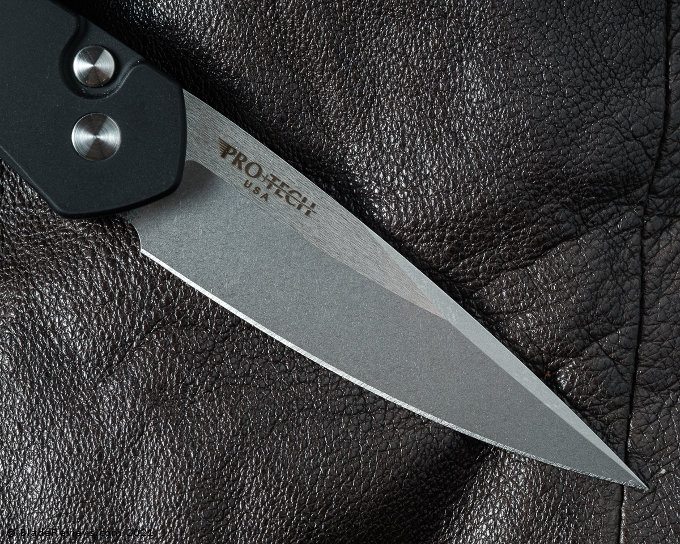
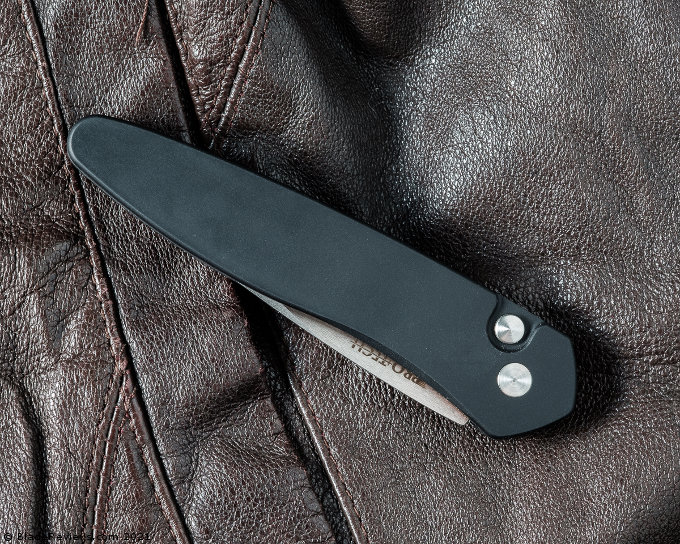
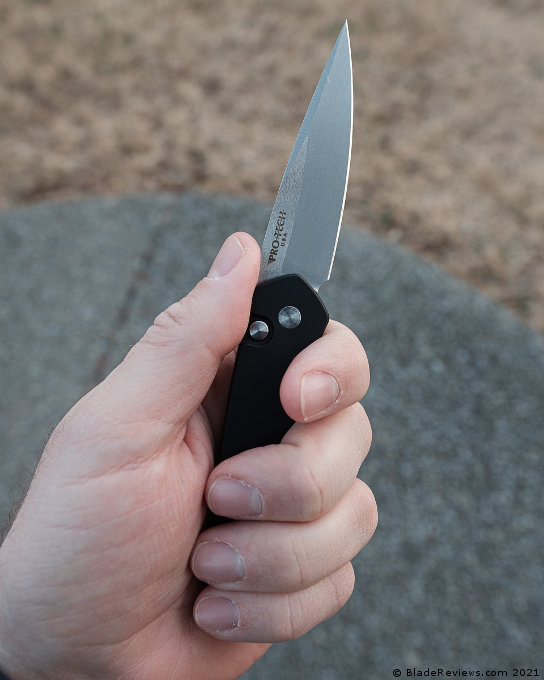
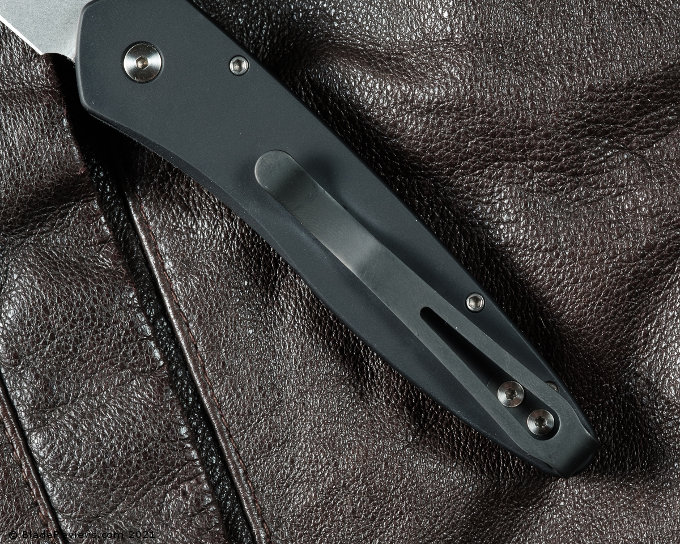
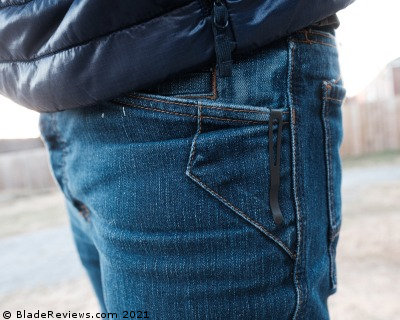
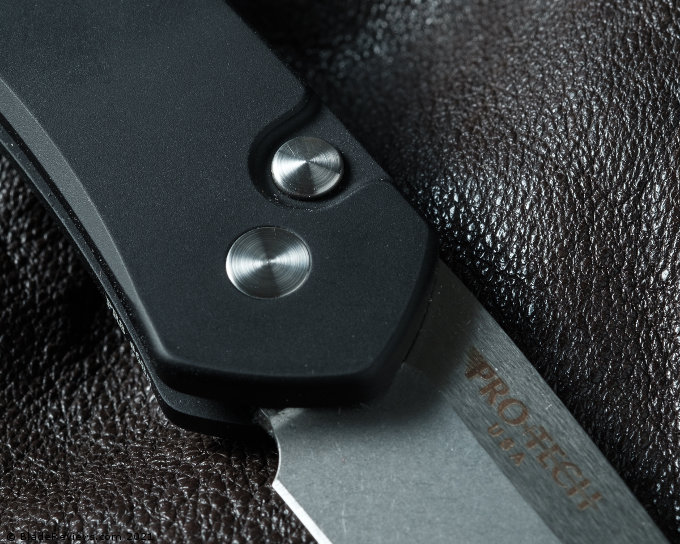
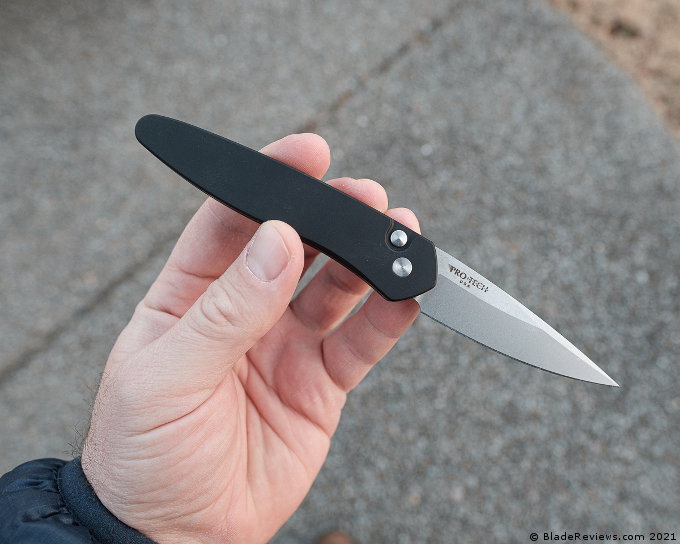
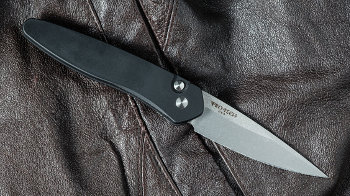
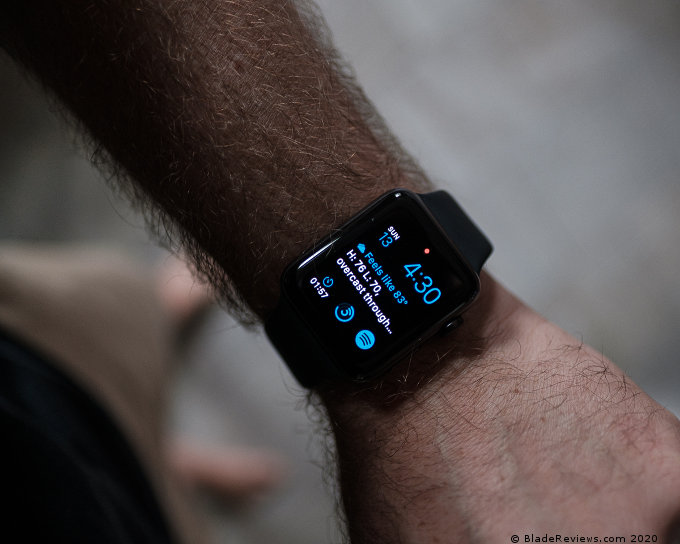
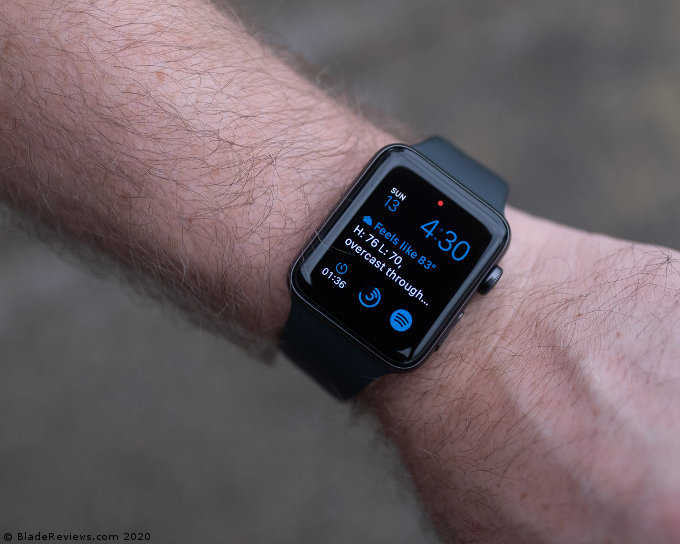
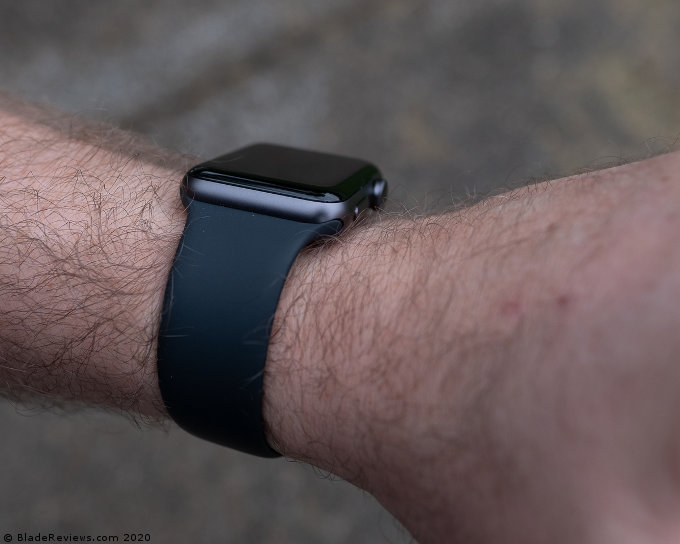
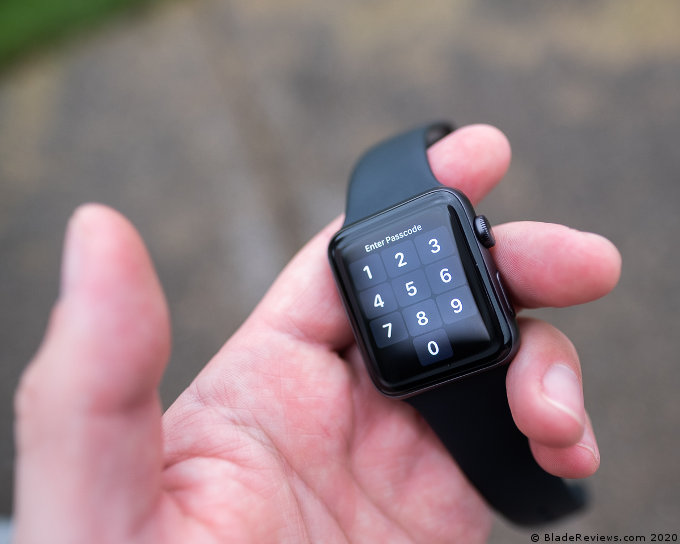
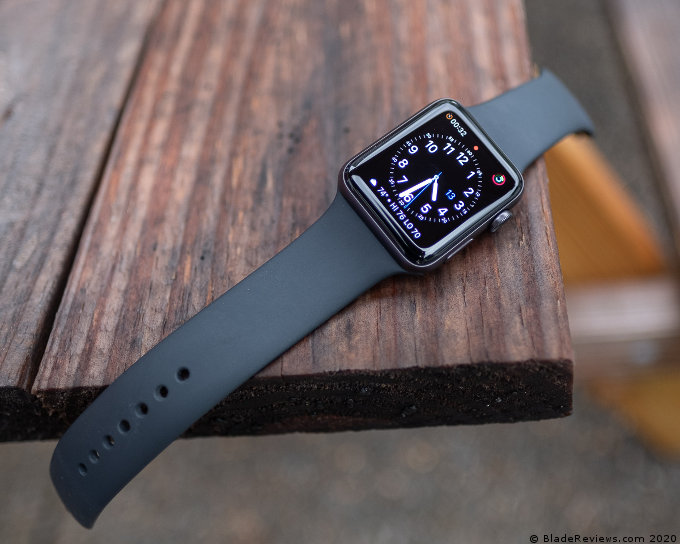
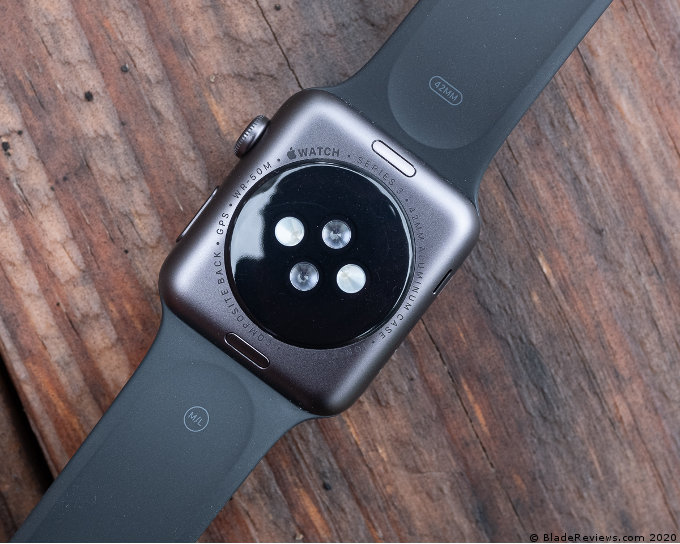
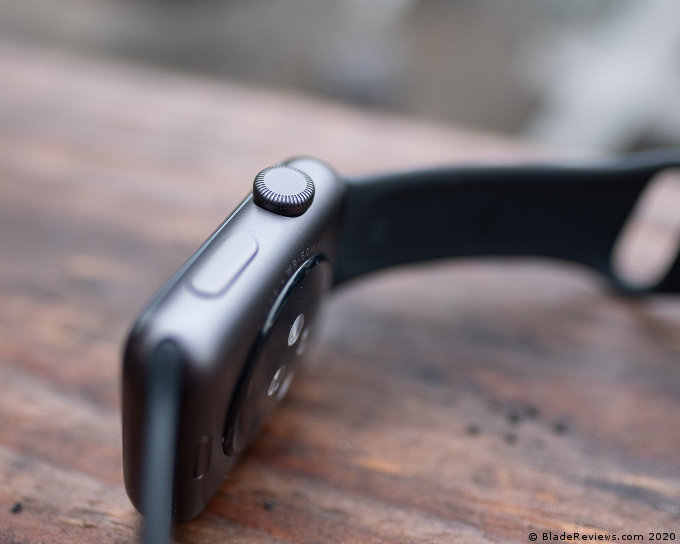
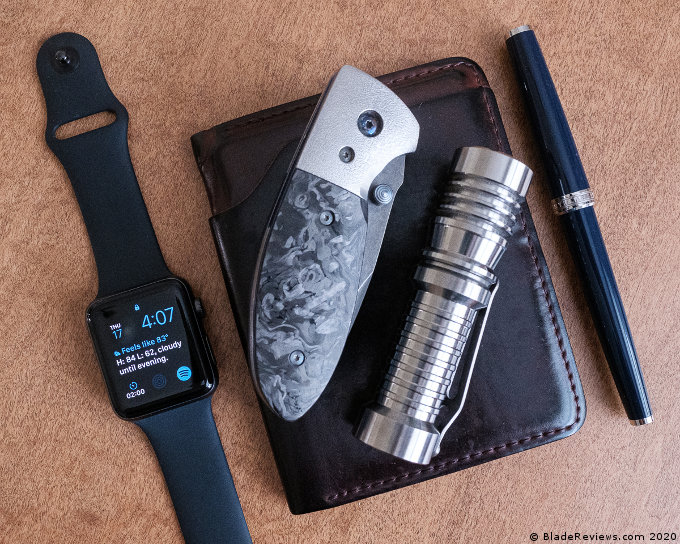
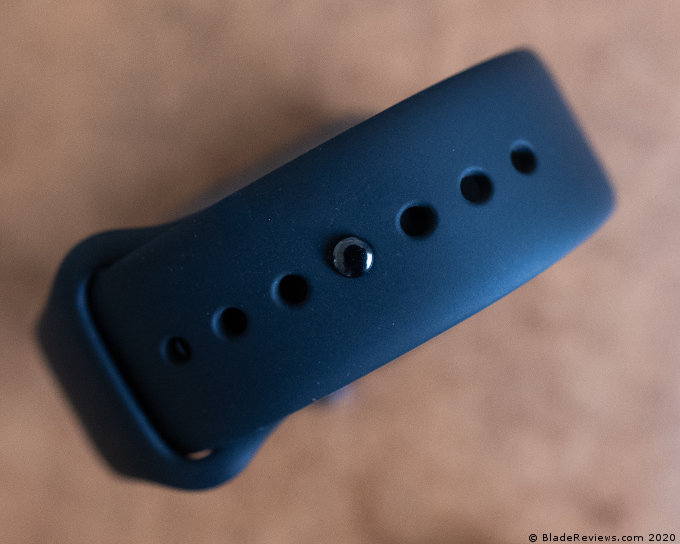
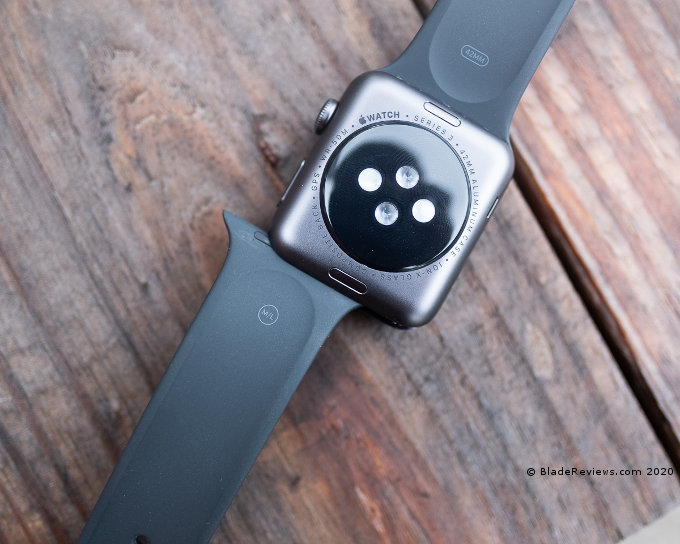
![Apple Watch Series 3 [GPS 38mm] Smart Watch w/Space Gray Aluminum Case & Black Sport Band. Fitness & Activity Tracker, Heart Rate Monitor, Retina Display, Water Resistant](https://m.media-amazon.com/images/I/41XnTnpJd-L._SL160_.jpg)
